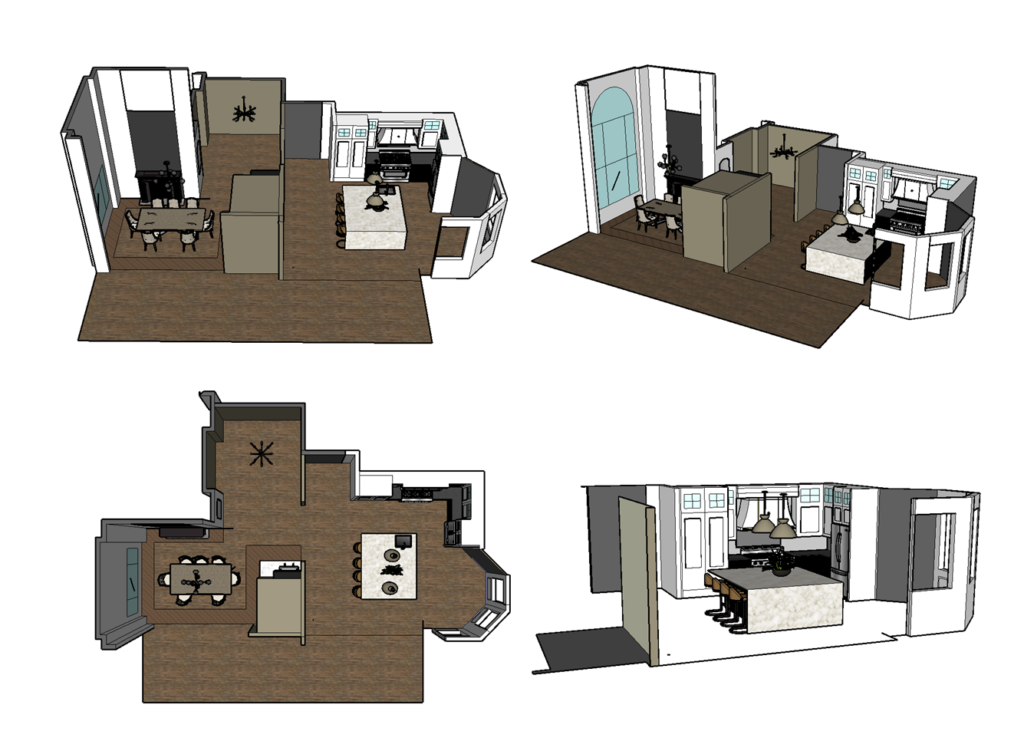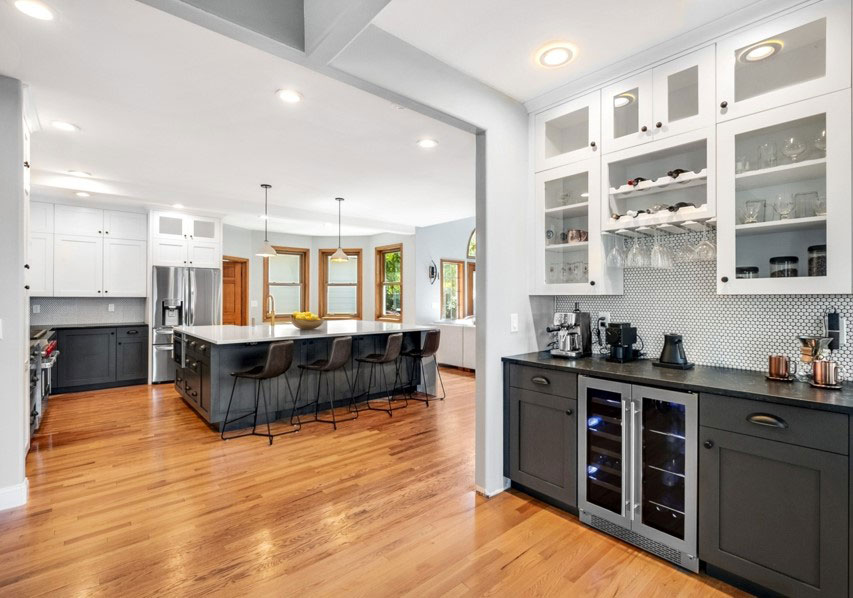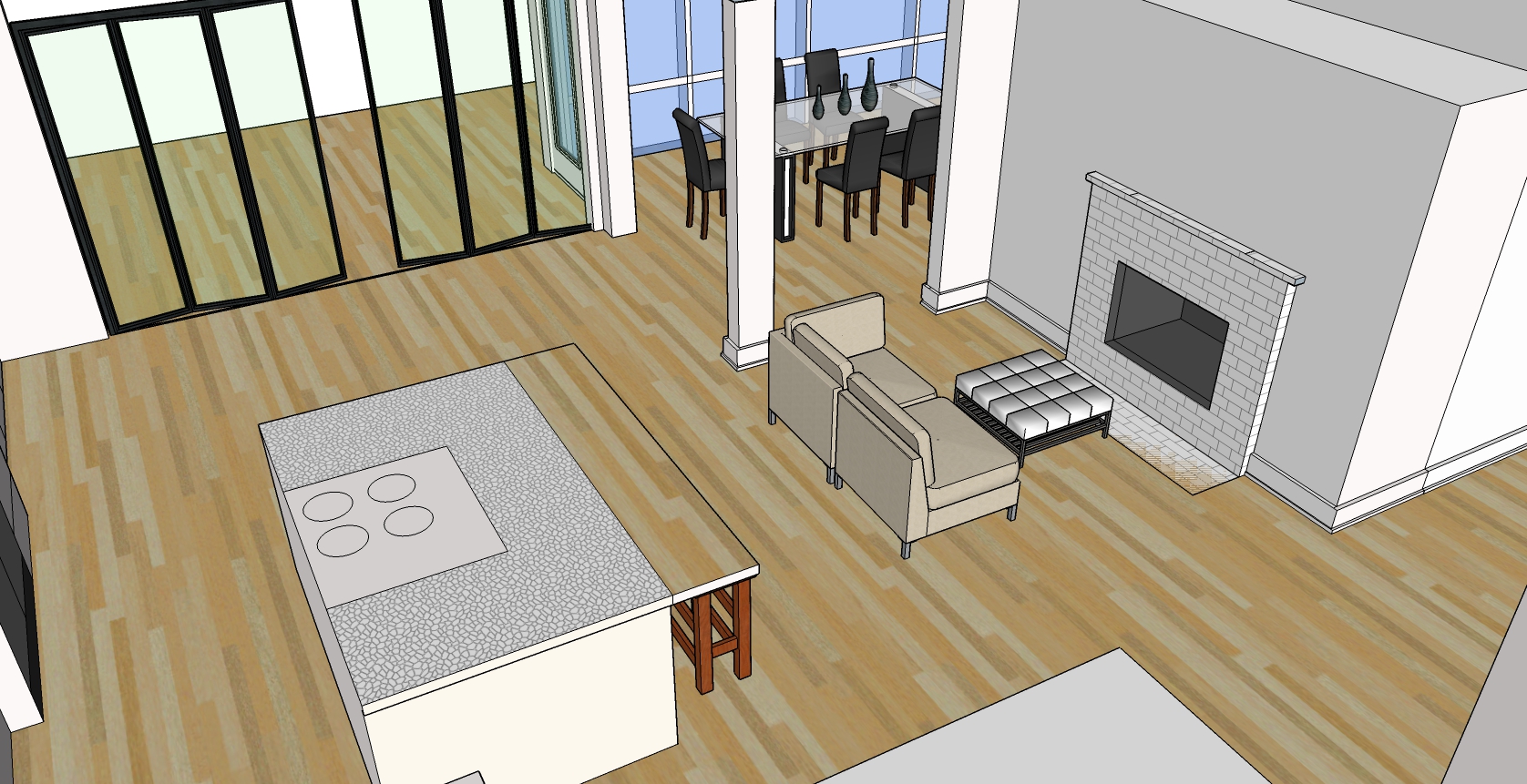Enhancing Design Projects: The Power of 3D Renderings
In the realm of design and architecture, conveying ideas effectively to clients is crucial for project success. Traditionally, this was achieved through sketches, 2D drawings, and physical models. However, in recent years, the advent of 3D rendering technology has revolutionized the way designers communicate and collaborate with clients. Let’s explore how 3D renderings can significantly enhance design projects and benefit clients.
Visual Realism and Immersion
One of the most compelling advantages of 3D renderings lies in their ability to provide a photorealistic representation of the final product. Unlike 2D drawings or sketches, which can sometimes leave room for interpretation, 3D renders offer clients a clear, detailed visualization of what the finished design will look like. This realism allows clients to immerse themselves in the project, gaining a better understanding of spatial relationships, material finishes, and overall aesthetics.

Design Iteration and Flexibility
Design projects often undergo multiple iterations based on client feedback and evolving requirements. 3D renderings facilitate this process by enabling designers to make quick adjustments to the virtual model. Whether it’s modifying furniture arrangements, experimenting with different color schemes, or testing various architectural elements, clients can see these changes in real-time. This iterative approach not only saves time but also ensures that the final design aligns perfectly with the client’s vision.
Cost-Effective Decision Making
For clients, making informed decisions about design elements can be challenging without a clear visual representation. 3D renderings mitigate this challenge by allowing clients to preview different options before committing to a particular design direction. This proactive approach minimizes the risk of costly revisions during the construction phase, as potential issues can be identified and addressed early on.
Effective Communication Tool
Clear communication between designers and clients is essential for project success. 3D renderings serve as a universal language that bridges the gap between technical jargon and client expectations. By presenting a comprehensive visual narrative, designers can articulate complex design concepts more effectively, fostering a collaborative dialogue that enhances mutual understanding and trust.


Marketing and Stakeholder Engagement
In addition to aiding client communication, 3D renderings can also serve as powerful marketing tools. High-quality visuals can be used in presentations, marketing materials, and online portfolios to showcase a designer’s capabilities and attract potential clients. Moreover, stakeholders such as investors and project collaborators can gain a clearer perspective on the project’s potential impact and value, facilitating smoother decision-making processes.
Why Renderings Matter
In conclusion, 3D renderings represent a transformative advancement in design technology, offering unparalleled benefits to both designers and clients alike. From enhancing visual realism and supporting iterative design processes to facilitating cost-effective decision-making and improving communication, 3D renderings play a pivotal role in elevating the overall quality and success of design projects. By embracing this technology, designers can empower clients to envision their dreams with clarity and confidence, ultimately bringing exceptional designs to life.
In a rapidly evolving design landscape, harnessing the power of 3D renderings isn’t just advantageous—it’s essential for staying ahead and delivering outstanding results.


